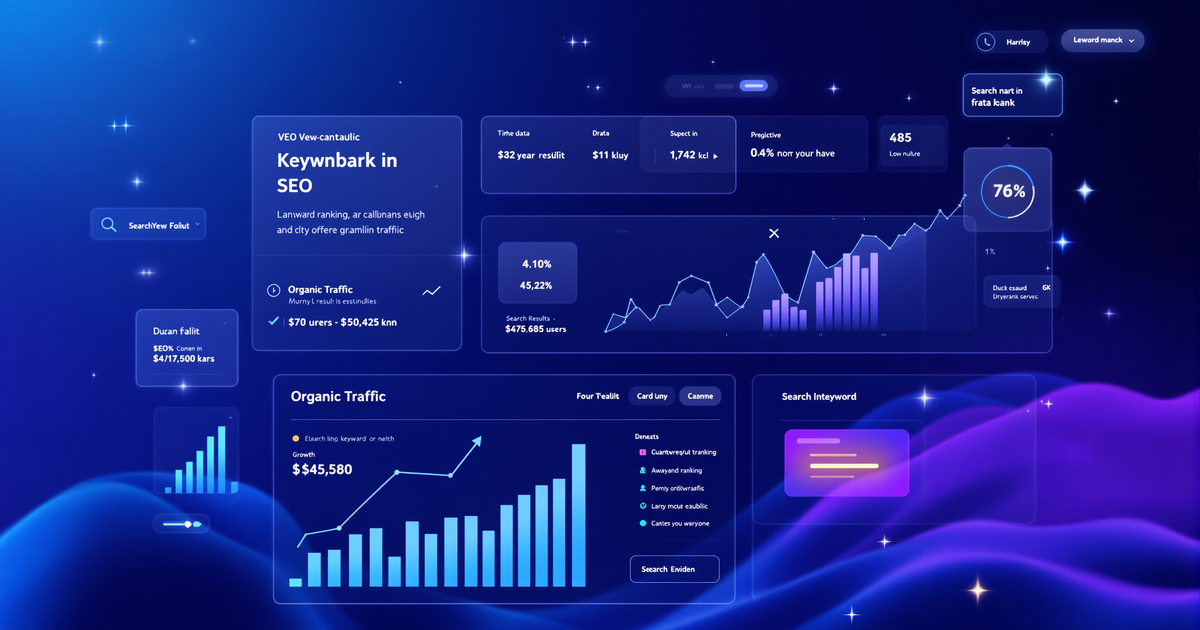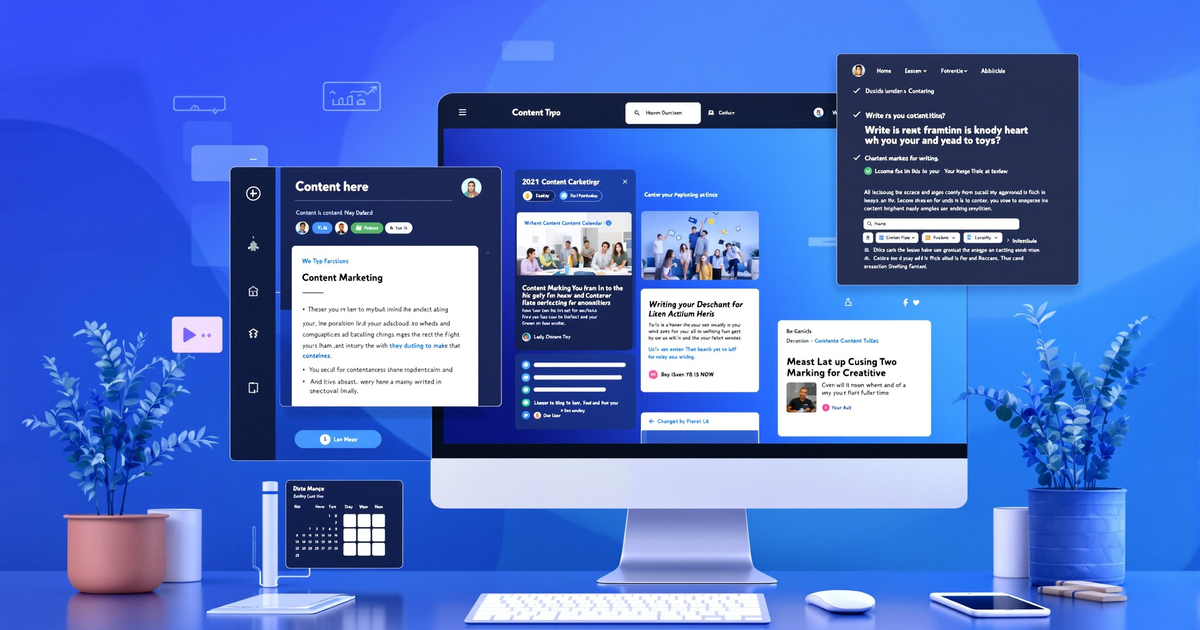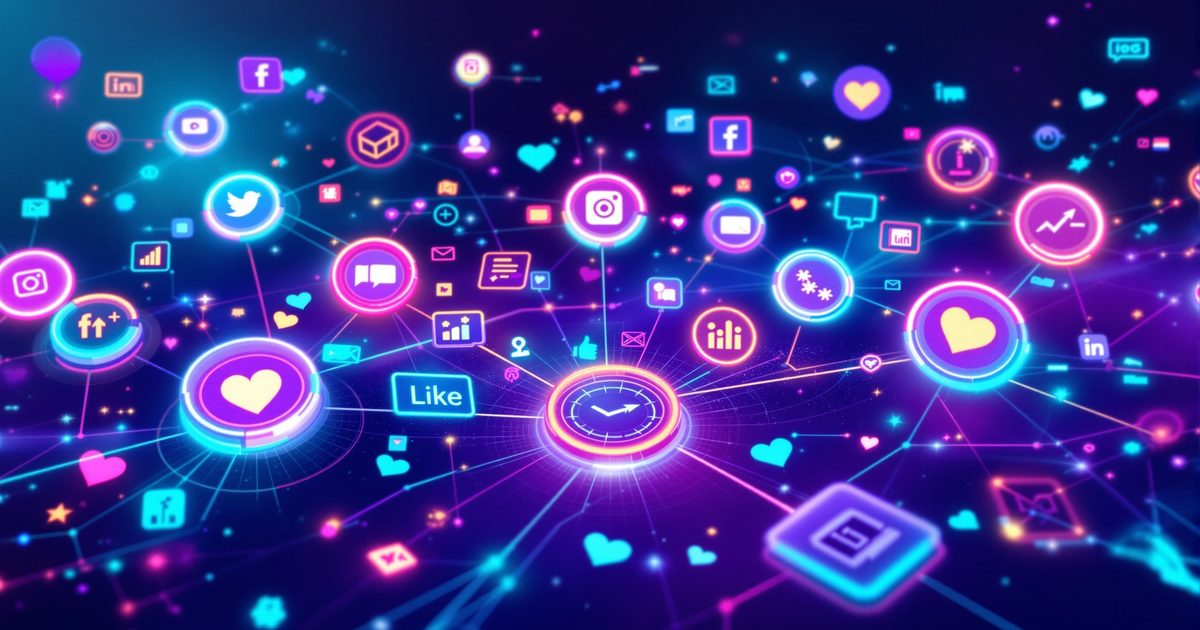Why Loyalty Program Design Matters More Than Ever
With rising acquisition costs and increased competition, loyalty programs are no longer a ‘nice-to-have’—they’re a growth engine. But today’s customers expect more than points for purchases. They crave personalized, memorable experiences and want brands to recognize their individual needs across every channel.
- Drives repeat purchases and increases average order value
- Boosts customer lifetime value (CLV)
- Turns customers into brand advocates and referral sources
- Provides a treasure trove of zero- and first-party data for sharper marketing
So, how can you design a loyalty program that stands out in 2025? Let’s break down the essentials, trends, challenges, and actionable strategies—backed by the latest industry insights.
1. Start with Strategic Foundations
a) Define Clear Objectives
What do you want to achieve? Examples:
- Increase repeat purchase rate by 20% in 12 months
- Collect more zero-party data for targeted campaigns
- Nurture an engaged community of brand advocates
b) Understand Your Audience
Use data to segment your customers. Identify:
- Top spenders vs. occasional buyers
- Motivations (discounts, experiences, exclusivity)
- Preferred channels (mobile, in-store, web)
c) Align with Your Brand Promise
Your loyalty program should feel like an extension of your brand—not an afterthought. For example, a sustainable brand could reward eco-friendly actions, while a luxury retailer might offer VIP access to events.
2. Embrace the Biggest Trends Shaping Loyalty in 2025
1. Personalization at Scale
More than half of customers now expect loyalty programs to deliver offers tailored just for them. Leading brands use:
- AI-driven segmentation to send dynamic offers
- Real-time recommendations based on behavior and preferences
- Personalized rewards (think birthdays, anniversaries, or previous purchase triggers)
Example: Starbucks Rewards grew its U.S. membership to over 30 million by offering hyper-personalized, gamified challenges—driving a 25% jump in active members year-over-year.
2. Gamification & Phygital Experiences
Gamification transforms mundane tasks into engaging micro-adventures. In 2025, the best programs blend digital (apps, AR, online challenges) with physical touchpoints to maximize engagement.
Case Study: Burger King’s BK Village (2024)
Members explored a digital winter wonderland, unlocking daily deals and festive activities to earn loyalty points. The experience blended fun with tangible rewards, driving daily engagement spikes.
Actionable Gamification Tactics:
- Points for social sharing, reviews, or eco-friendly actions
- Progress bars, badges, and streak rewards
- Instant-win games or tiered challenges
3. AI & Predictive Analytics
AI isn’t just a buzzword—it’s essential for:
- Real-time behavior analysis and offer optimization
- Chatbots for seamless support and engagement
- Predicting what your customer wants before they ask
Pro Tip: Use predictive analytics to identify at-risk customers and trigger win-back offers or personalized reactivation journeys.
4. Sustainability and Social Impact
Over 50% of consumers say they’ll stay loyal to brands with eco-friendly practices. Modern loyalty programs reward:
- Sustainable purchases (e.g., buy-back, recycling, or carbon offset rewards)
- Charity donations in lieu of discounts
- Digital rewards to reduce waste
Example: IKEA’s loyalty program encourages second-hand purchases and rewards green behavior—fostering loyalty while supporting sustainability.
5. Seamless Omnichannel Integration
Customers expect loyalty to work wherever they shop—in-store, online, or via app. Integrate your program with POS systems, ecommerce, and social platforms for:
- Unified point earning and redemption
- Consistent recognition and messaging across all touchpoints
Tip: Use QR codes, mobile wallets, and NFC tech for frictionless redemption and instant gratification.
3. Overcoming 2025’s Top Loyalty Program Challenges
Balancing Personalization and Privacy:
40% of marketers struggle to deliver tailored experiences while staying compliant with evolving privacy laws. Be transparent about data collection and offer value in exchange for information (e.g., personalized rewards, exclusive access).
Demonstrating ROI:
45% of loyalty professionals are under pressure to prove their program’s financial value. Track metrics beyond transactions: Customer Lifetime Value, retention, engagement rates, and referral activity.
Standing Out in a Crowded Market:
Focus on genuine, emotional connections (not just discounts). Use storytelling, community features, and surprise-and-delight moments to differentiate.
4. Actionable Steps to Design (or Redesign) a Winning Loyalty Program
Step 1: Map the Customer Journey
Identify all possible touchpoints and moments where loyalty interactions can happen—not just at purchase, but during onboarding, post-purchase, and even pre-purchase research.
Step 2: Develop a Compelling Value Proposition
Ask: "Why should a customer join (and stay active) in your program?" Consider:
- Experiential rewards (VIP events, early access, exclusive content)
- Tiered benefits to incentivize progression
- Social or charitable elements (e.g., donate points to causes)
Step 3: Leverage Technology for Seamless Execution
- Invest in a robust loyalty platform with strong MarTech integration
- Automate reward fulfillment and communication
- Enable real-time tracking and reporting
Step 4: Pilot, Measure, and Iterate
- Launch with a core audience to gather feedback
- Track engagement, redemption, and satisfaction metrics
- Continuously optimize based on insights and trends
5. Future-Proofing: What’s Next for Loyalty Program Design?
- Community-Driven Loyalty: Encourage user-generated content, peer referrals, and member-only forums.
- Emotional Loyalty: Go beyond transactions—create positive memories and foster a sense of belonging.
- Faster, Low-Cost Rewards: Make it easy to redeem for instant wins, even for small actions.
- Partnership Marketing: Collaborate with complementary brands to offer cross-program rewards and amplify reach.
Ready to Build Loyalty That Lasts?
The brands winning in 2025 are those that treat loyalty as a dynamic, tech-enabled relationship—not just a points engine. By combining personalization, gamification, AI, and sustainability, you can deliver a loyalty experience that excites, retains, and grows your customer base.
Want to know what YOUR marketing strategy is missing?
Find out exactly what’s missing—take our free 3-minute Marketing Assessment and get your custom growth plan now!
Stay ahead of the curve. Design loyalty for the customer of tomorrow—and start reaping the rewards today.


